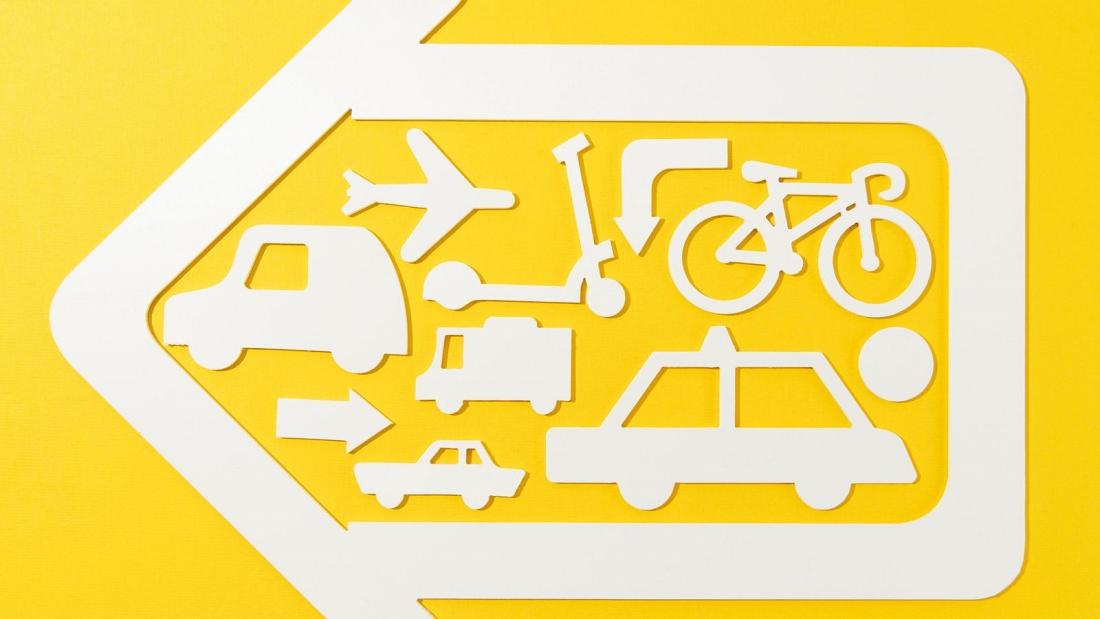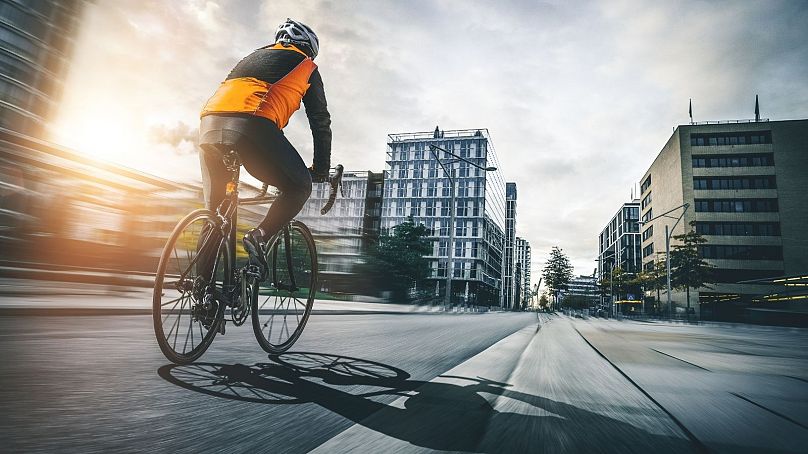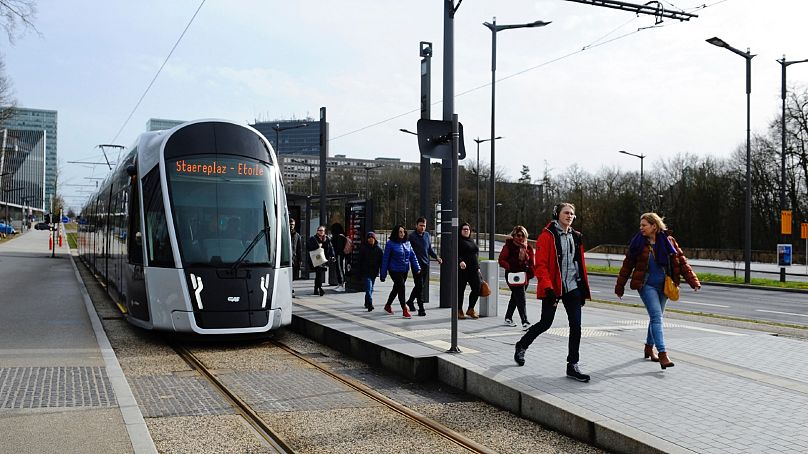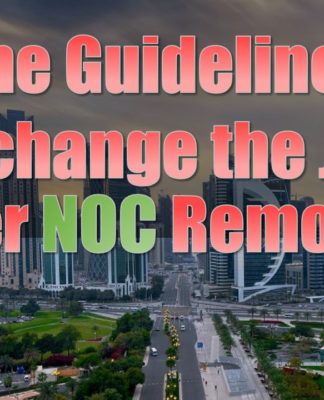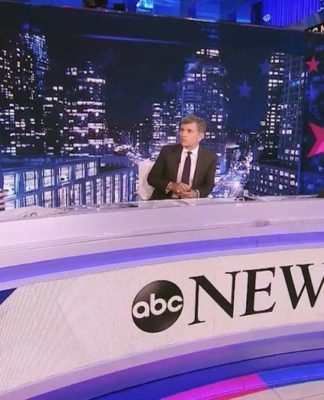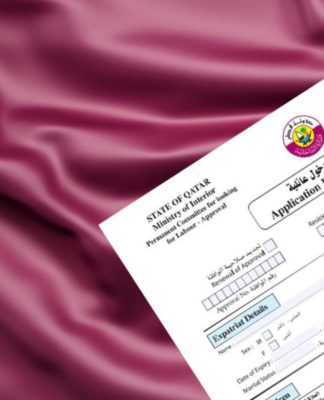Universal basic mobility: Cities tackle the transport gap with free transit, e-bikes and car sharing
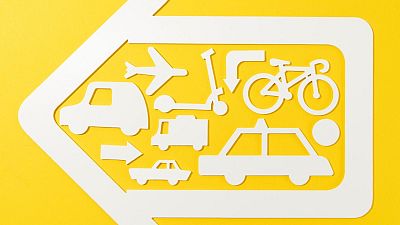
In a car-dependent city like Los Angeles, life is much trickier for those who cannot drive or afford a vehicle of their own. In fact, local transport authorities estimate that residents can reach 12 times as many jobs with a car as they can with public transit.
Last month, the city launched a new pilot to close that gap. It now offers some 2,000 residents of underprivileged neighbourhoods $150 (€142) in monthly aid for public bus and train fares, as well as on-demand shuttles and scooter, bike and electric vehicle rentals.
LA is just one of the latest cities in the world to embrace “universal basic mobility” – the idea that all citizens should have a decent range of affordable transport options, regardless of their socioeconomic status or disabilities. It’s similar to the idea of universal basic income but focuses on transportation to fight inequalities.
“Everyone should have access to a basic level of mobility,” Robin Hickman, a professor in transport and city planning at University College London (UCL), told Euronews Next.
“Yet, currently we tend to plan transport systems for a group of wealthy people who have extremely high levels of individual mobility,” he said.
In England, about 1.5 million people are at high risk of being transport poor, a government study found in 2019. This figure has likely grown since the start of the pandemic.
Multiple disadvantages, based on socioeconomic circumstances, location and movement impairment, prevent certain people from using transport. Ethnic minorities, students, the elderly and women are all said to be particularly at risk of transport poverty.
A growing global movement is proposing universal basic mobility as the solution to democratise transportation. At the heart of this concept lies the belief that a mix of partnerships and policies should provide support to cover travel costs and ensure that everyone can access mobility safely and effectively.
The idea has been referred to not only as a human right but also as a foundational pillar for a healthy economy.
The aim is to have various public services linked together effectively through transportation – both on a fixed-route or on-demand model – either free or at a low price, offering sustainable travel options and favouring employment.
Tackling inequality through mobility
The link between transport and inequality has long been known, as transport is an important facilitator of social inclusion and wellbeing, affecting economic and social outcomes.
Another 2019 study found that between 1960 and 2014, the only place in the United States where households without cars did not see their poverty level increase was Manhattan, which has a robust public transit system.
“Transport planning should think much more carefully about providing options for disadvantaged groups, targeting transport projects and facilities for them,” said Hickman.
Tackling key obstacles to the use of transport, like affordability and practicality, helps reduce inequality, as free mobility contributes to improving people’s prospects.
The Walsall Workwise initiative in the West Midlands in England, a project covering travel costs for people seeking work or in new jobs, showed that those who could use public transport for free made huge savings and experienced multiple other benefits in terms of access to health services and leisure activities.
Women and lone parents were particularly helped by these interventions.
Additionally, the current planning of transport systems has often overlooked people with disabilities or those with impaired movement.
“At present transport planning fails to fully consider, and plan for, the full spectrum of user needs,” Craig Smith, a transport and city planning researcher at UCL, told Euronews Next.
“This is evident through design elements, such as a lack of step-free access on the rail network and insufficient signage for visually impaired users across all modes”.
Universal basic mobility on trial
Several other American cities launched universal basic mobility pilots last year.
The Californian town of Bakersfield is now supplying 100 young and low-income residents with free passes to the local bus line and five free rides per day through a shared e-bike and scooter program.
A similar program is running in Oakland, California, where 500 participants are getting up to $300 (€283) on a prepaid debit card to use on public transit and bikes, scooters and car shares.
In Pittsburgh, Pennsylvania, a Mobility-as-a-Service (MaaS) app, Move PGH, allows users to book a variety of transit modes, including affordable electric options.
European cities are also exploring more sustainable solutions for public transport.
The concept of MaaS has been adopted on a citywide scale in Finland’s capital Helsinki, where residents can purchase monthly passes through Whim, a single app that integrates public transit, taxis, and car-sharing options.
Some schemes go even further, making transportation of one form or another entirely free. The Estonian capital Tallinn has scrapped all transit fares for registered city residents, while Luxembourg became the first country to make transit free for all in 2020.
“At a system level, projects such these are as much about tackling congestion as about allowing people across the socioeconomic spectrum to access jobs and opportunities in the city,” said Justin Bishop, an economist at the International Finance Corporation in the Climate Business Department Policy Team.
Subsidising mobility vs reducing the need for mobility
As population levels grow, we can expect the footprint of cities to follow.
“Expanded transport networks will be required to close these gaps to maintain equal access to opportunities for all,” Bishop added.
However, transportation network upgrades require time and money, and universal basic mobility subsidies are costly too, he said. That’s why he would like to see an even more radical approach focused on urban planning that would allow people to simply avoid commuting as much as possible.
This could be achieved by making it easier to walk and cycle, a similar approach to the one Paris is adopting with its ’15-minute city’ vision, which aims to ensure that urban planning brings essential goods and services closer to communities.
“In the same way cities and firms invest in motorised transport infrastructure, there must be investments in walking and cycling infrastructure to support this mode shift,” Bishop said.
“We cannot expect people to walk and cycle if there are inadequate pavement infrastructure, cycle lanes, lighting, or areas to rest”.
Professor Graham Parkhurst, Director of the Centre for Transport and Society at the University of the West of England went even further, suggesting that instead of focusing on making transportation more accessible both financially and physically, societies should aim to cut the need for unnecessary mobility.
He argued that the COVID-19 pandemic showed how digital services “bringing the bank or the supermarket to the computer screen” could help people meet their needs without relying on potentially unsatisfactory transportation.
While universal basic mobility is an interesting concept to overcome some of the limitations of existing transportation systems, it raises a number of practical questions, said Parkhurst.
Would any mode of transport be included under a universal mobility programme, or only modes deemed environmentally sustainable? And how should we decide which services are “necessary” and should be easy to reach?
“What about personal choice and preference?” Parkhurst asked.
“If I am dissatisfied with the local food store or the medical opinion at my local health centre, would the universal basic mobility budget cover me to reach more distant facilities that I might judge essential, but someone else might see as a luxury?”









